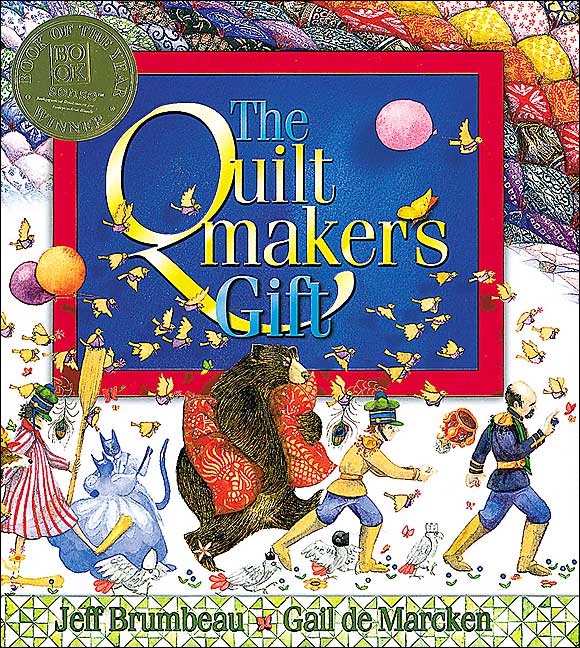Amelia Bedelia begins her first day of work as a maid. Her boss leaves her a list of chores to complete that include changing the towels, dusting the furniture, drawing the drapes, and dressing the chicken. Amelia does not understand these instructions, and takes them literally. As a result, she actually puts dust powder on the furniture, and clothing on the chicken. This book is full of adventure and as Amelia discovers how words can have more than one meaning.
Strategy Connection- This book allows children to discover the meaning of the strategy inferring. Students are able to discover through Amelia’s mistakes that words can have more than one meaning, so it is important to look at the context clues and the tone. In order to understand Amelia’s mistakes they will have to read more than just the words; instead they will have to apply background knowledge and use text clues in order to infer the words meaning. As a result, this book shows students the importance of inference, for it helps in understanding a context’s meaning.
Brumbeu, J., De Marcken, G. The Quiltmaker’s Gift.
The Quiltmaker sews the most beautiful quilts in the world, and then gives them away to the poor, refusing to sell any quilts to the rich. The greedy King of the land demands the Quiltmaker give him a quilt, hoping it will make him happy. The Quiltmaker agrees to give the King a quilt as long as he gives away everything he owns. The king begins to realize that happiness could not be bought or found in materialistic objects. The King sees true happiness is in giving to others.
Strategy Connection- This book allows children to discover the meaning of the strategy visualizing. The book is filled with a vivid text that can allow students to create mental images. The author uses many descriptive words and metaphors to allow readers to get a sense of feeling that they are ‘almost there’. As a result this book can be used to show students that they can create pictures in their head as they read. The text is so well written that students can create mental images of the story before actually looking at the illustrations. Additionally, the illustrations in the book are very detailed, depicting the story line, actions, and emotions. The pictures could be used without the words, and the students could make predictions about the story line. Overall, this is a great book to teach students visualizing whether you use the author’s vivid text, or detailed illustrations.
Curtis, J.L. Today I Feel Silly.
The young girl in the story experiences many different emotions and what these emotions feel like. Some of the emotions include silly, angry, joyful, confused, and quiet. The book is filled with pictures to help children identify their changing moods. Additionally, there is a face at the end of the book that the child can play with and change to make it appear happy, angry, sad, etc.
Strategy Connection: The book allows children to understand the meaning of inferring. The books illustrations force students to read more than just the words; students learn to look at the characters faces, body language, and expressions. Students may be able to use their background knowledge of emotions to relate to this book, and how the character feels as her mood changes. As a result students learn how to gain greater insight and meaning of the text: by creating a connection from using background knowledge.


1 comment:
I think this is a really good book. I like books that help children understand emotions and personal feelings. I think many children have problems with their emotions and books like this help children to realize that they are valid feelings. I like how it can also help children to learn to look at more than just what people say, or to infer what is happening in a situation. I like that this book not only teaches inferring in reading but also inferring in real life! :O)
Post a Comment